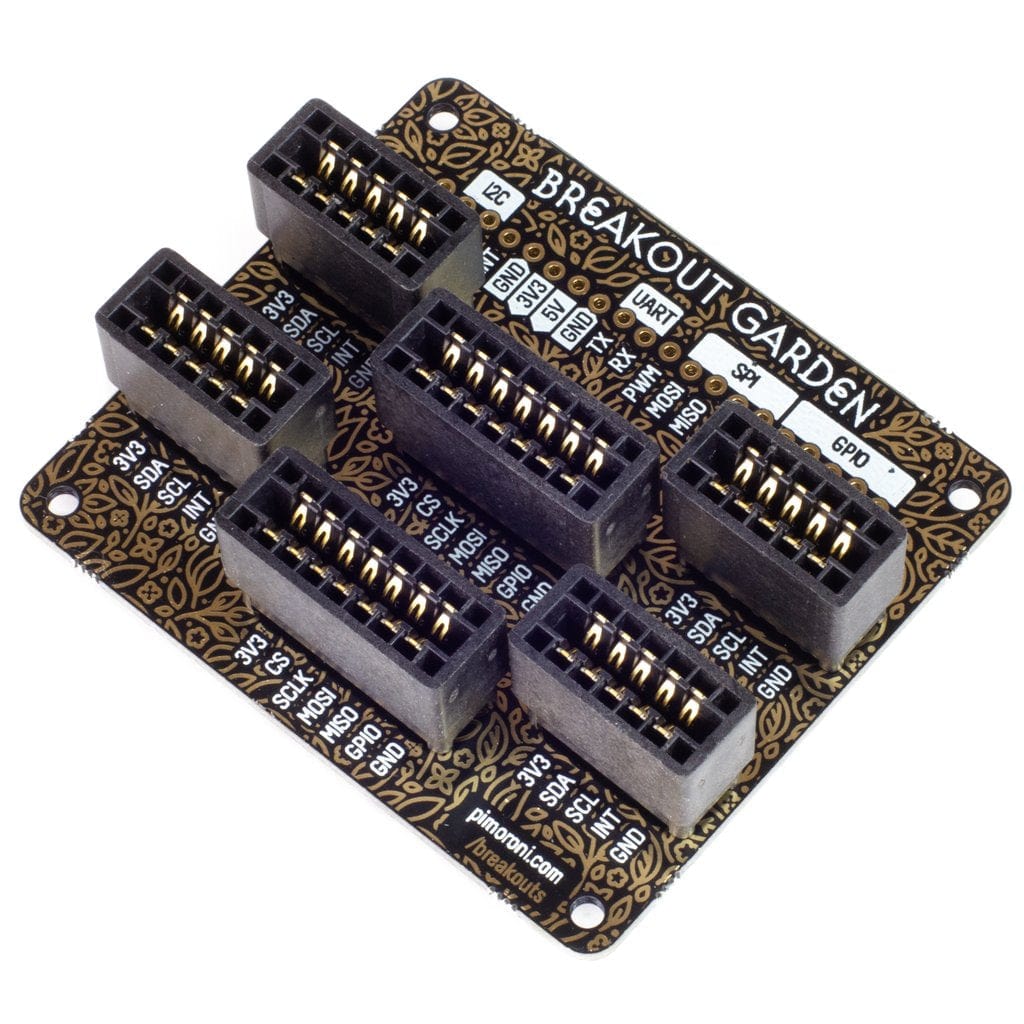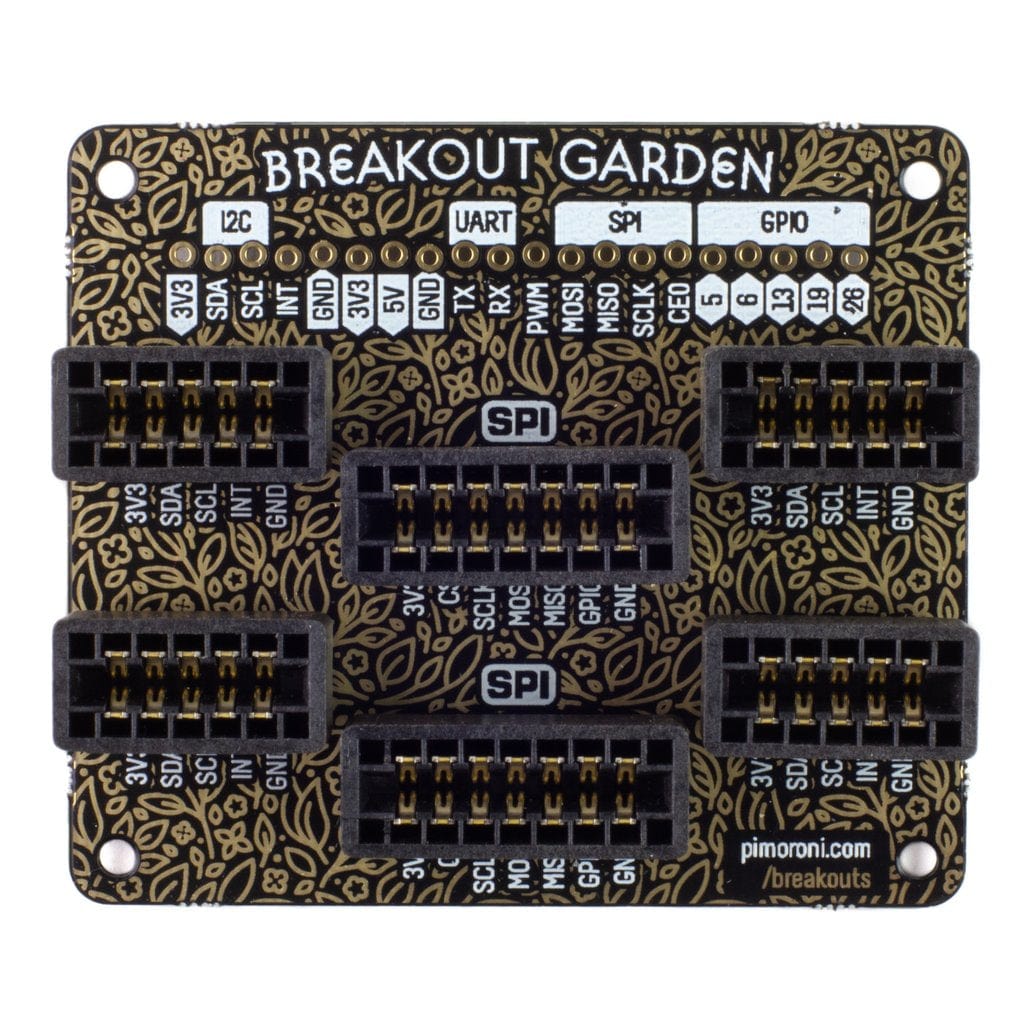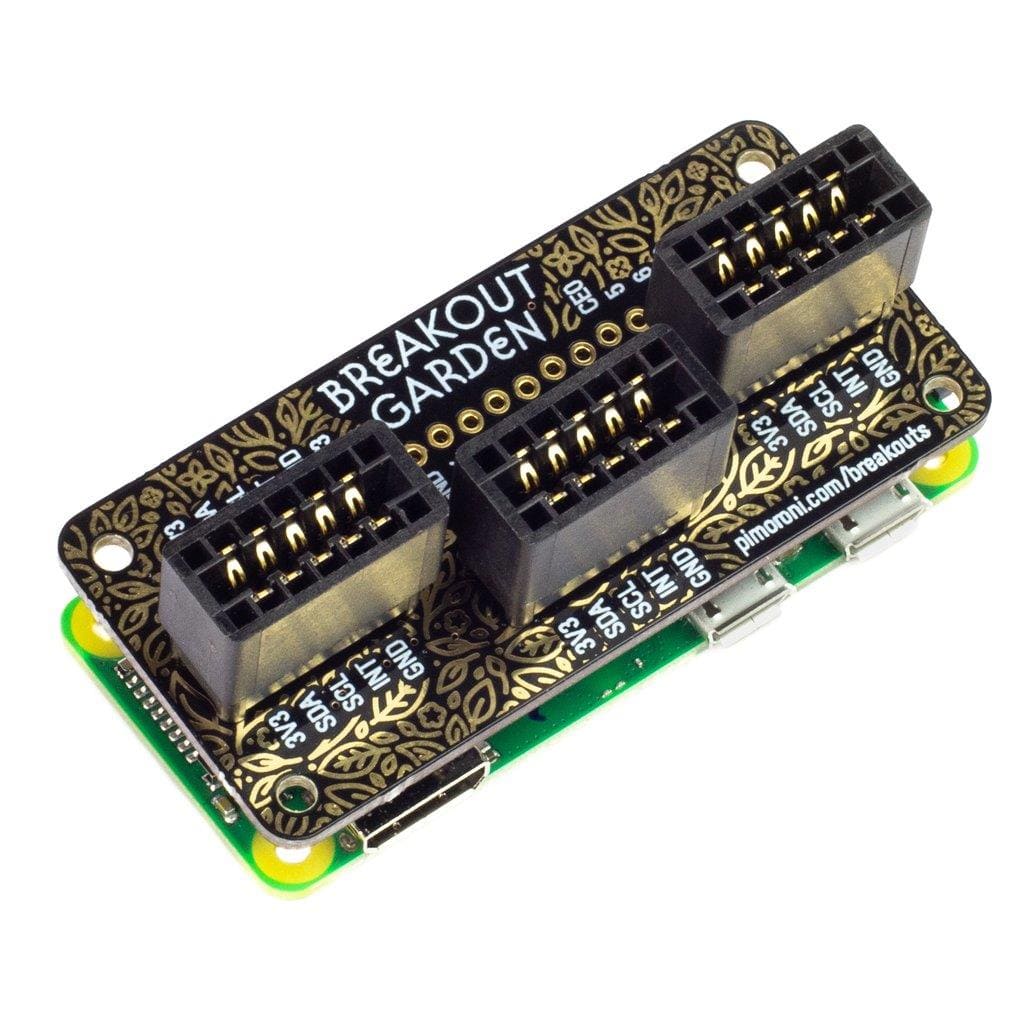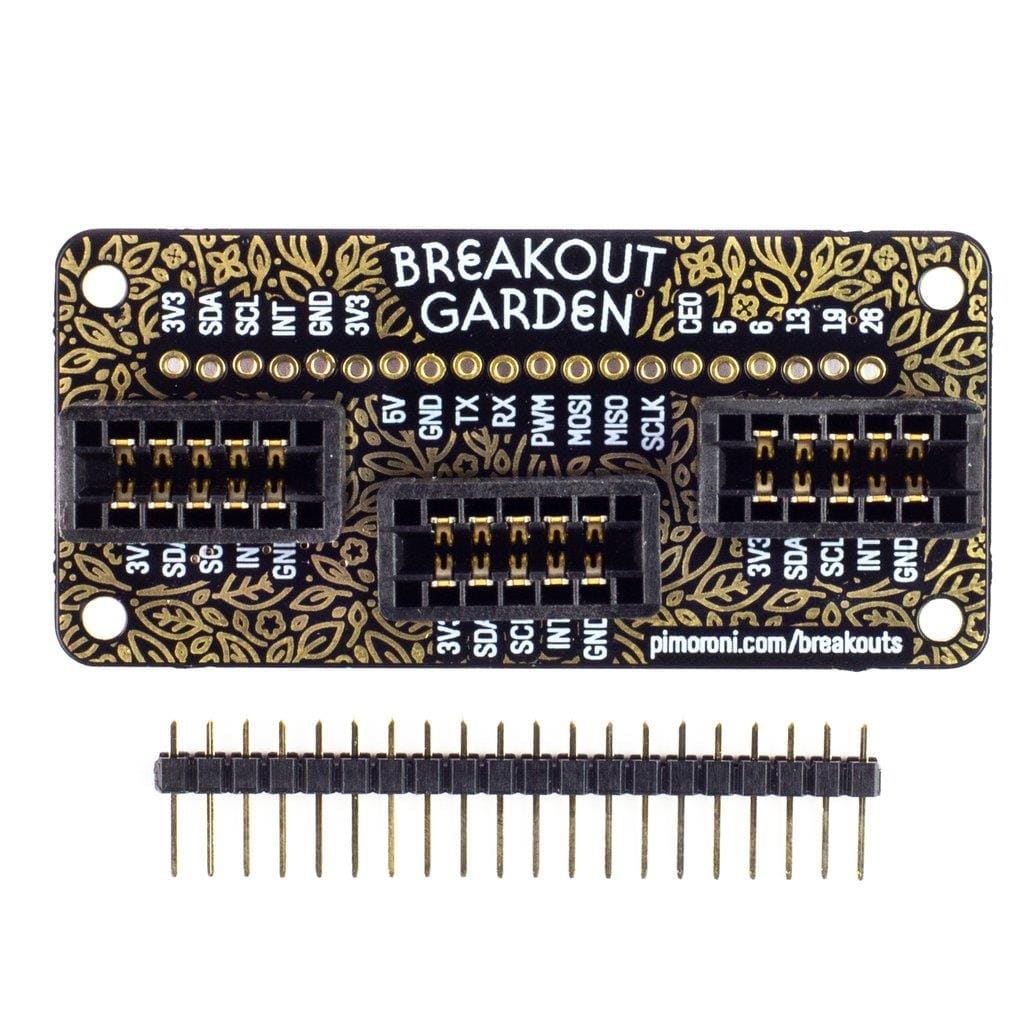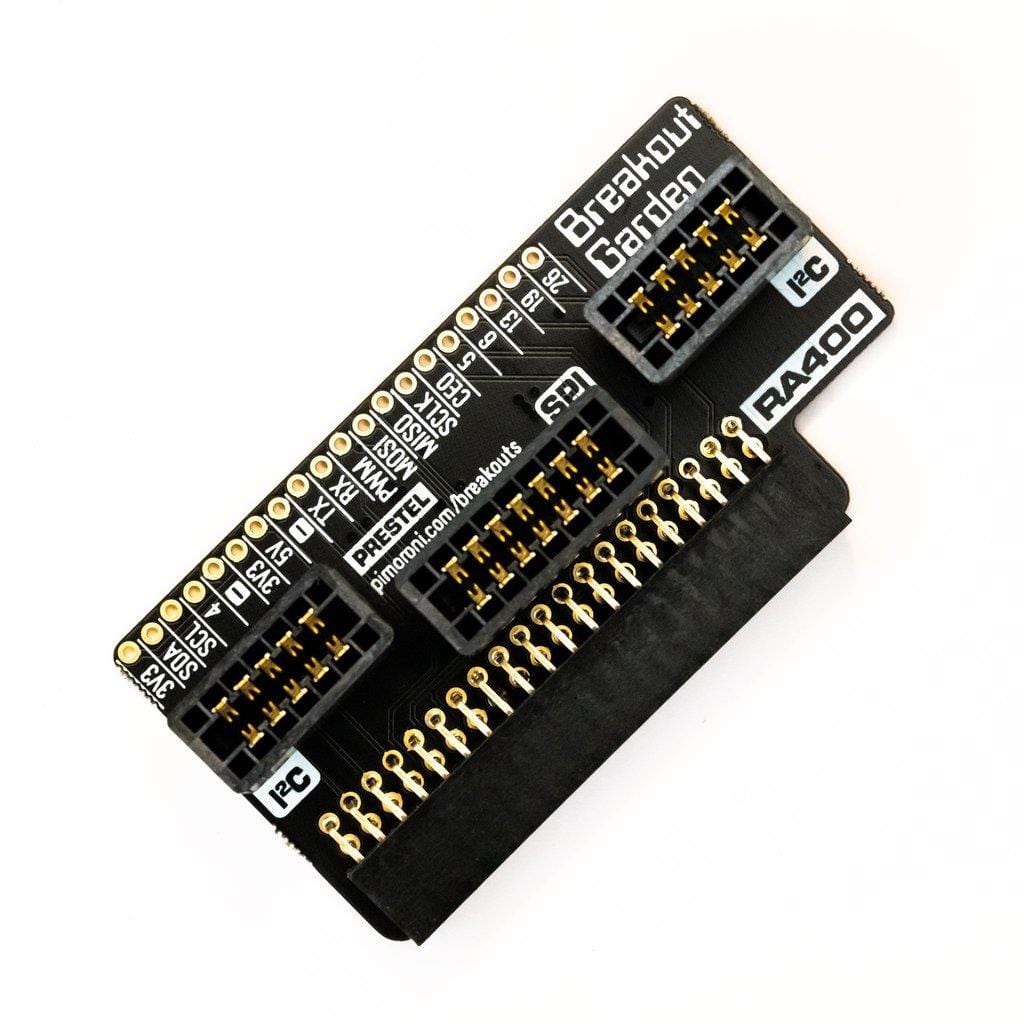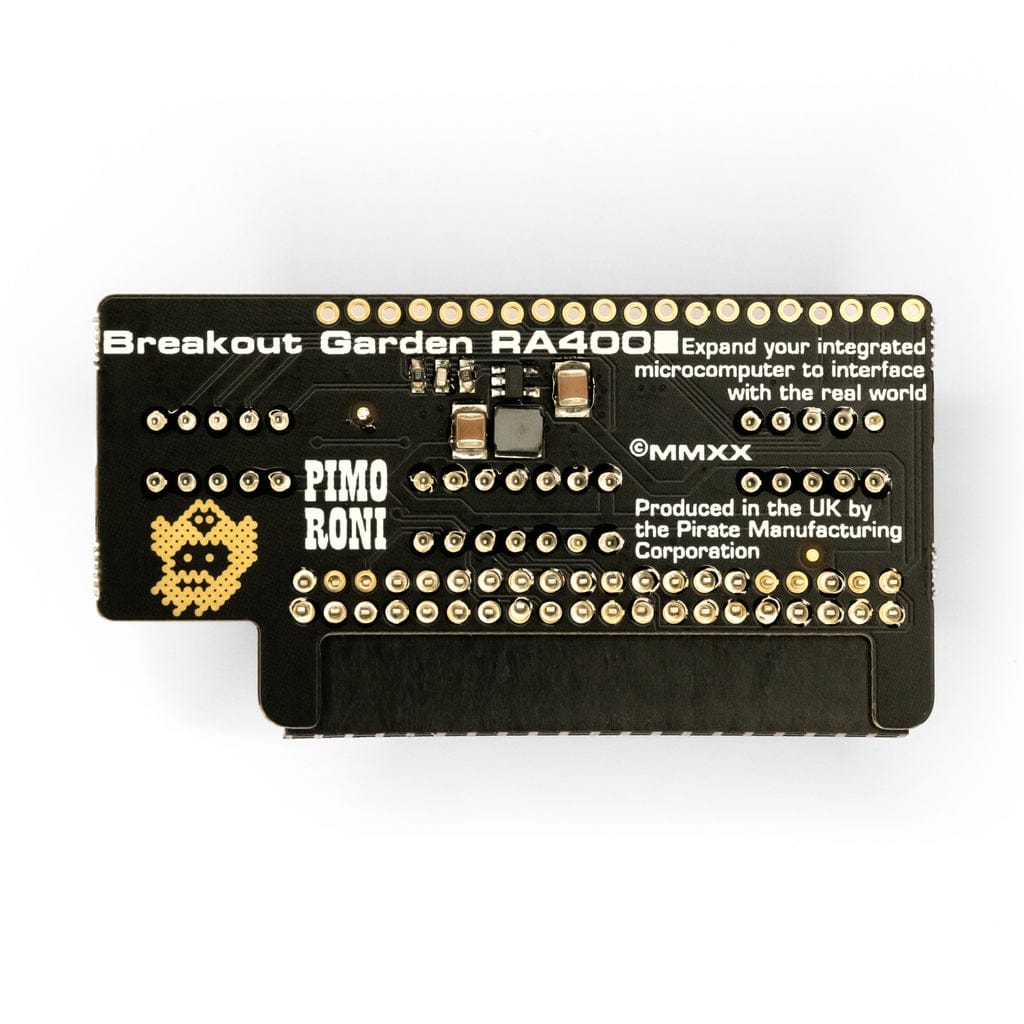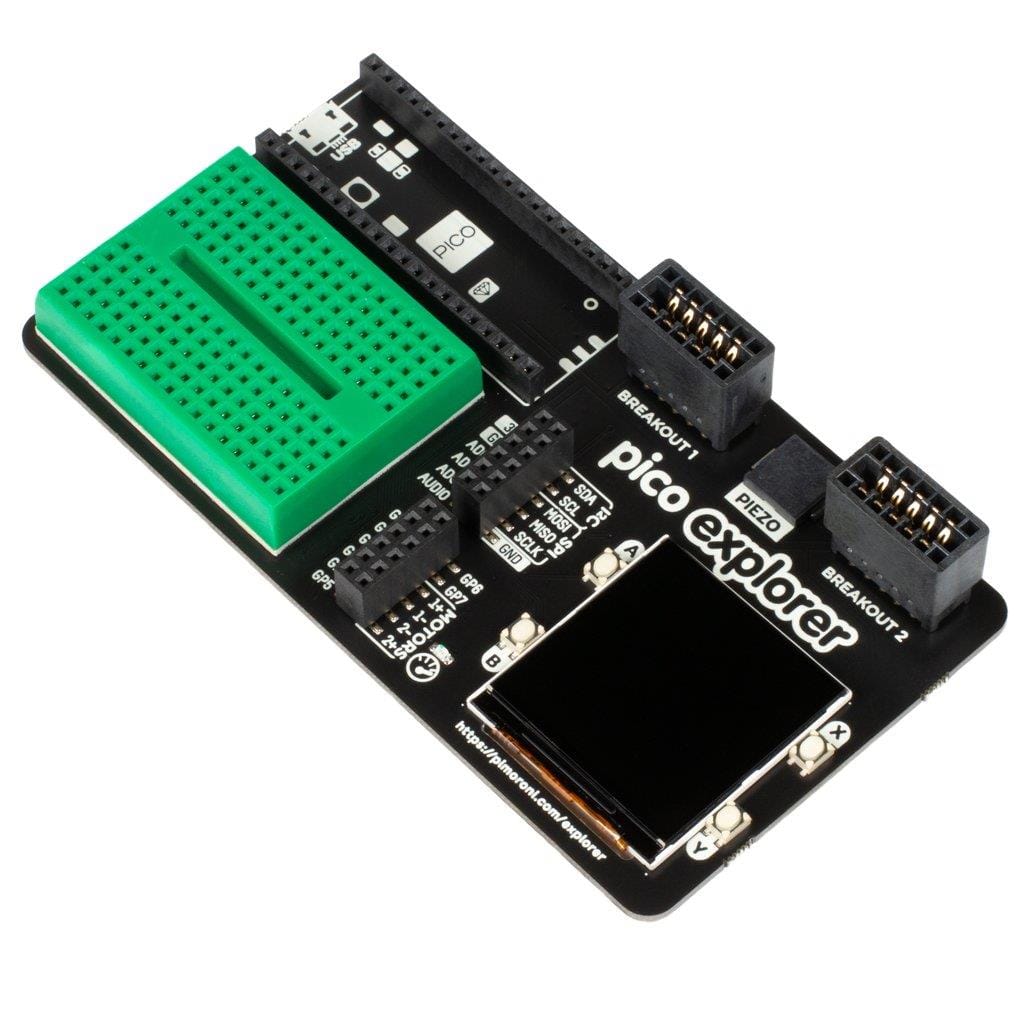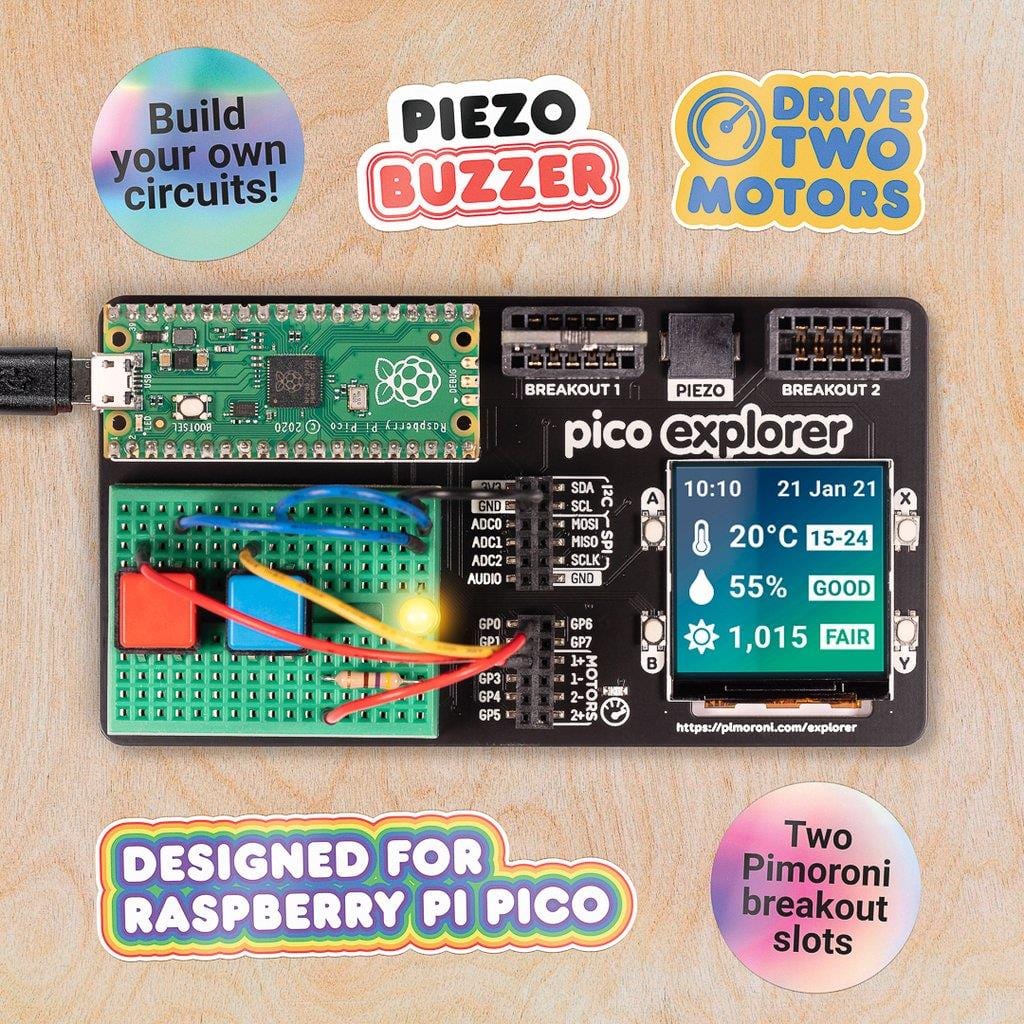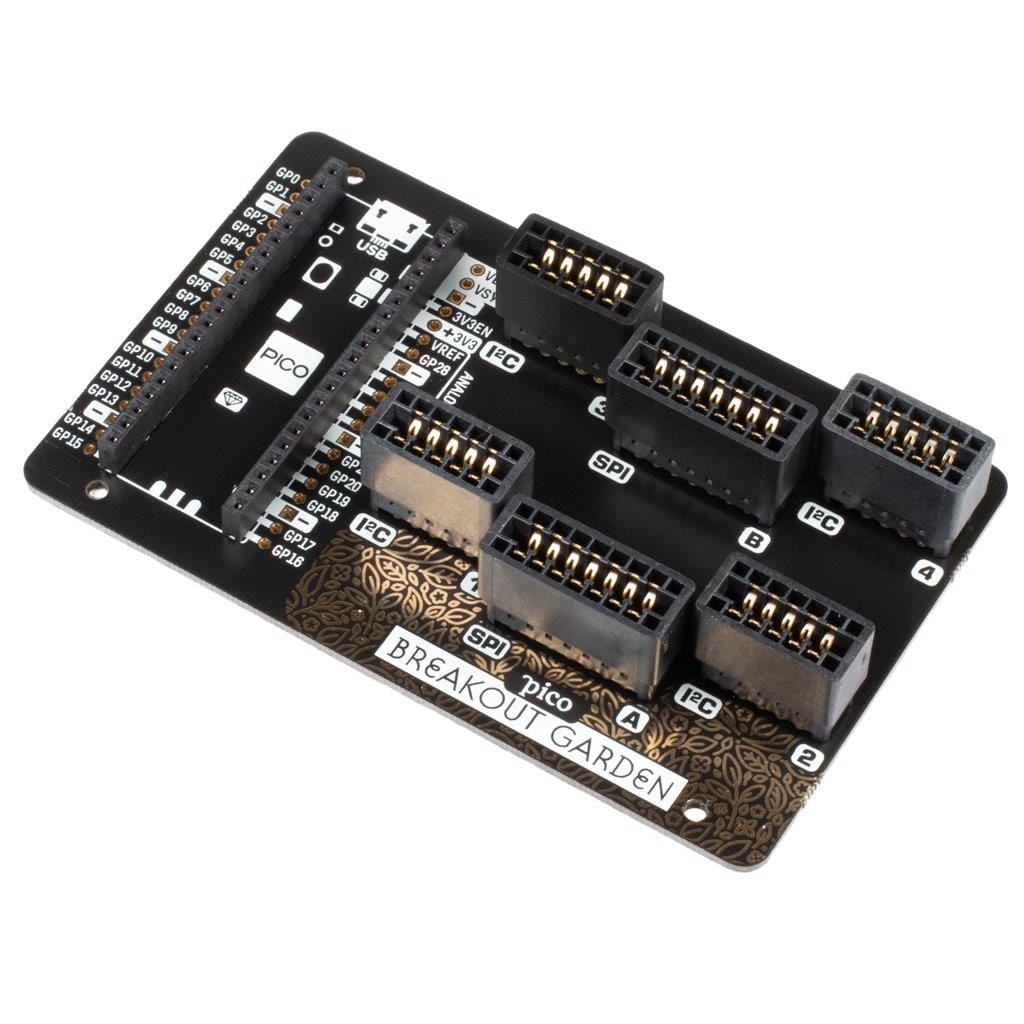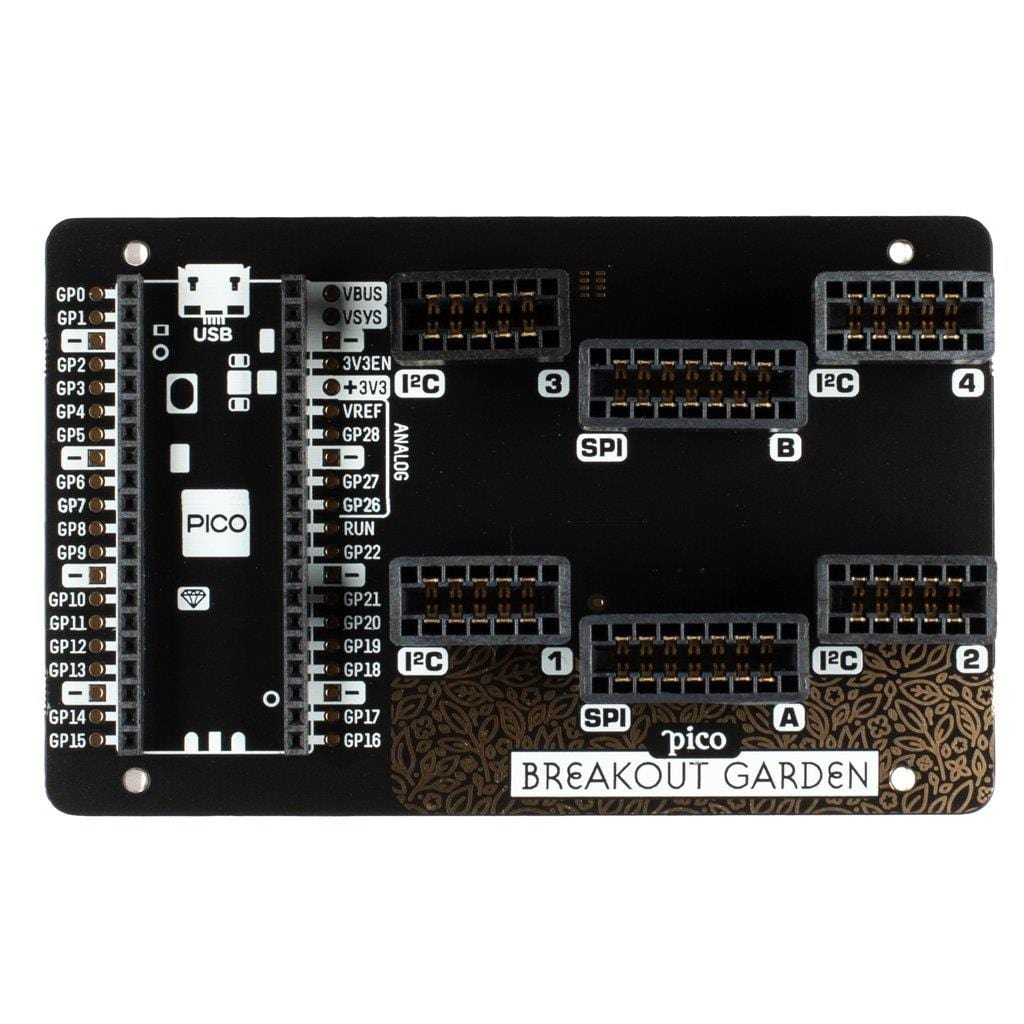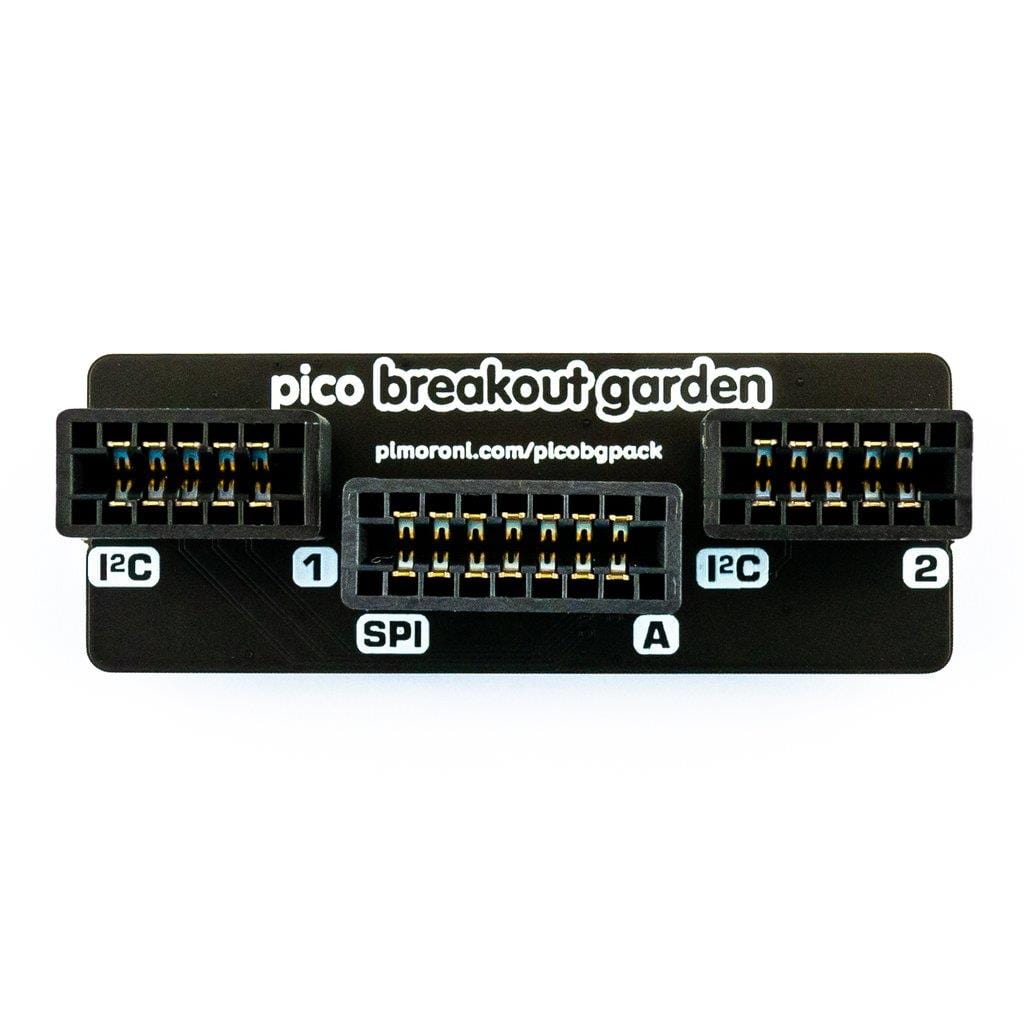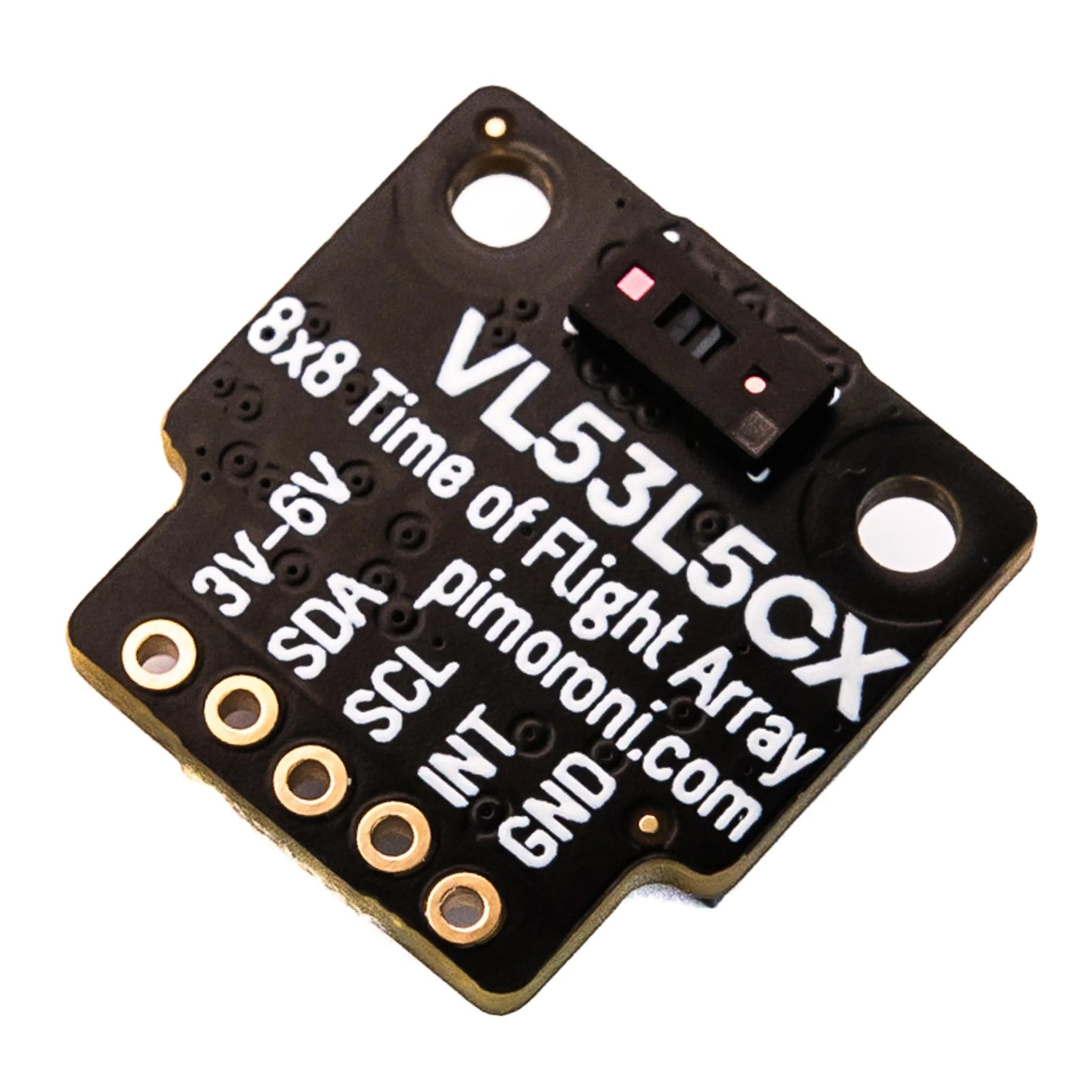
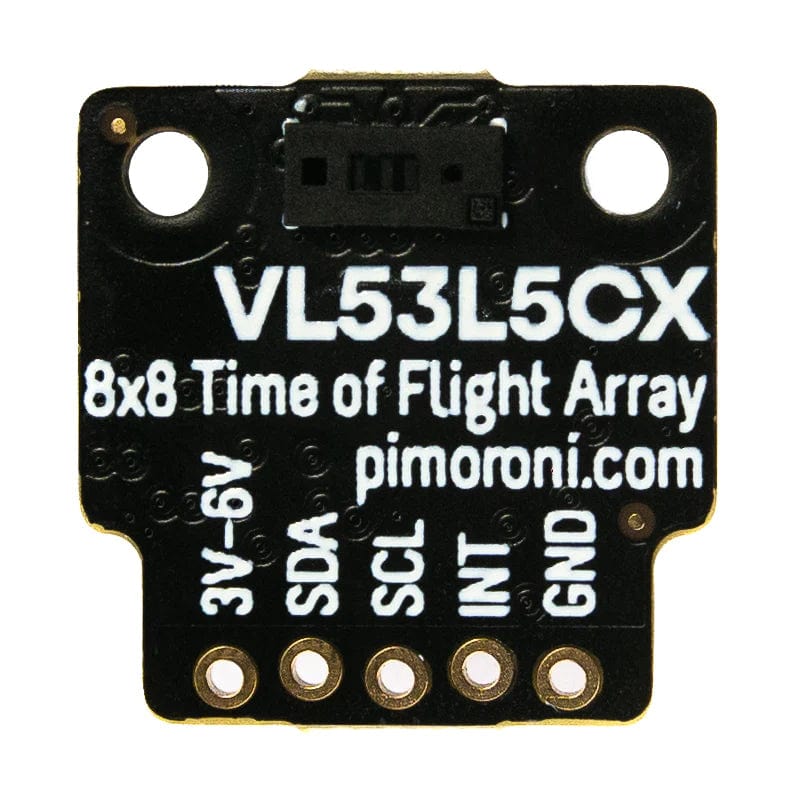
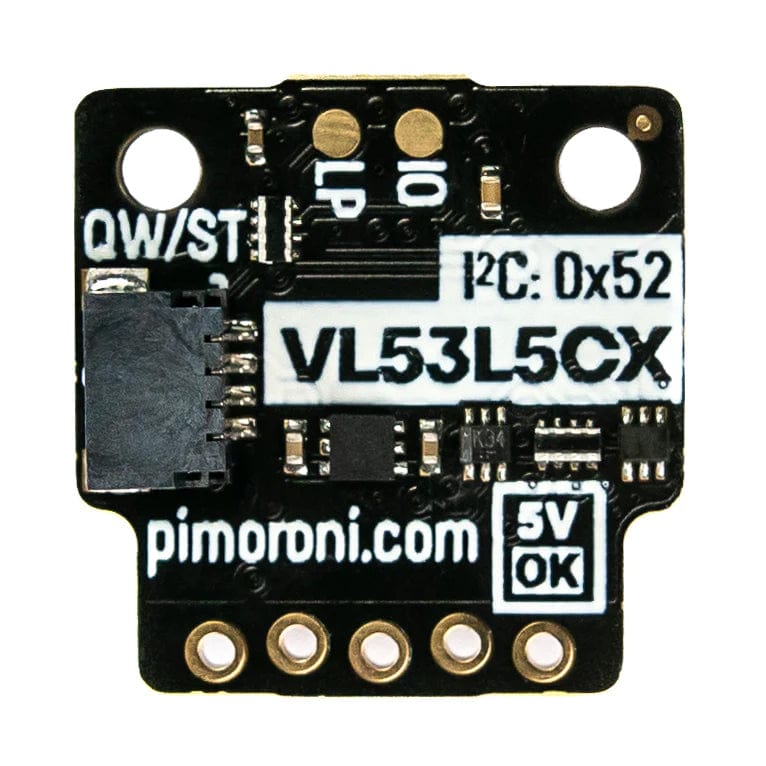
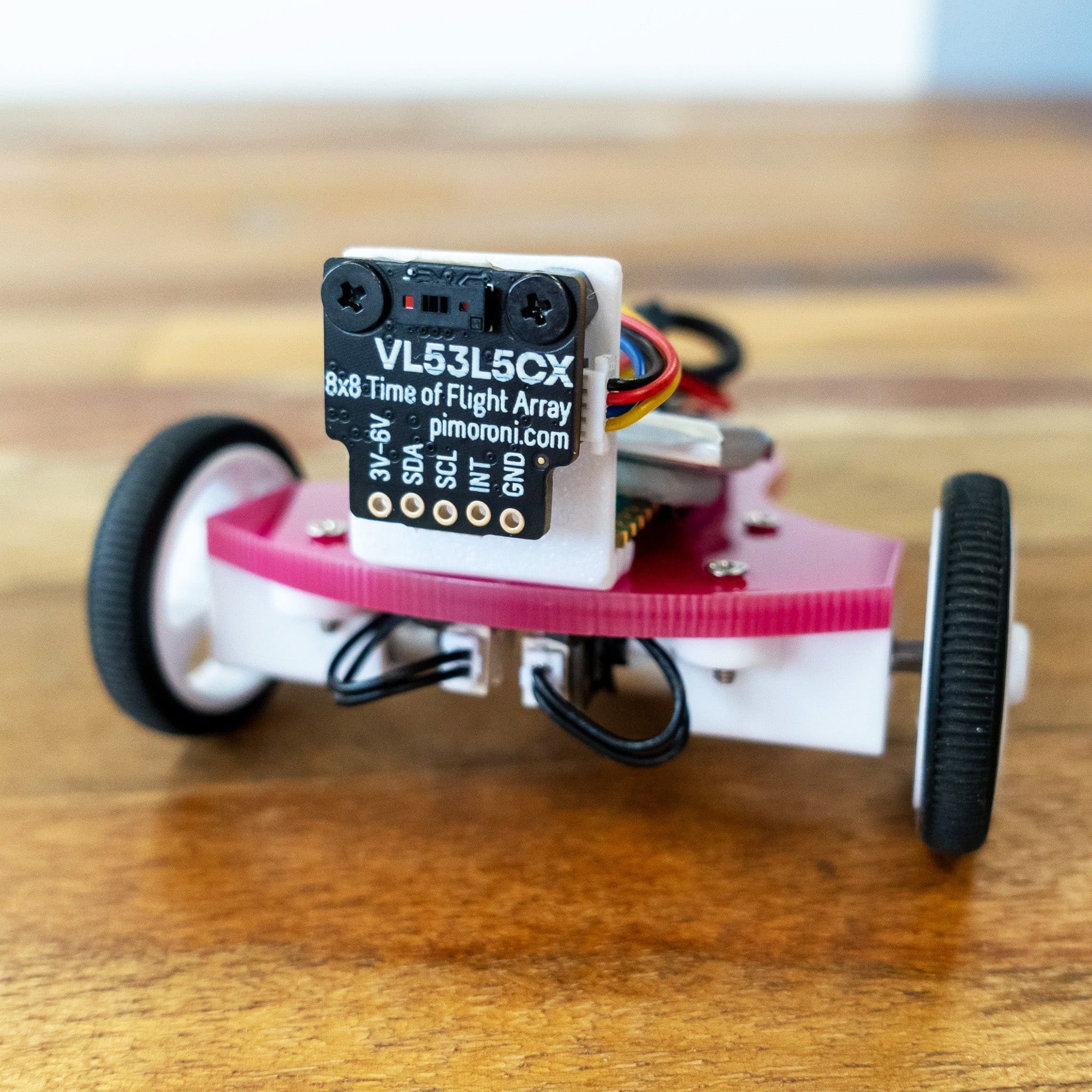
Login / Signup
Cart
Your cart is empty
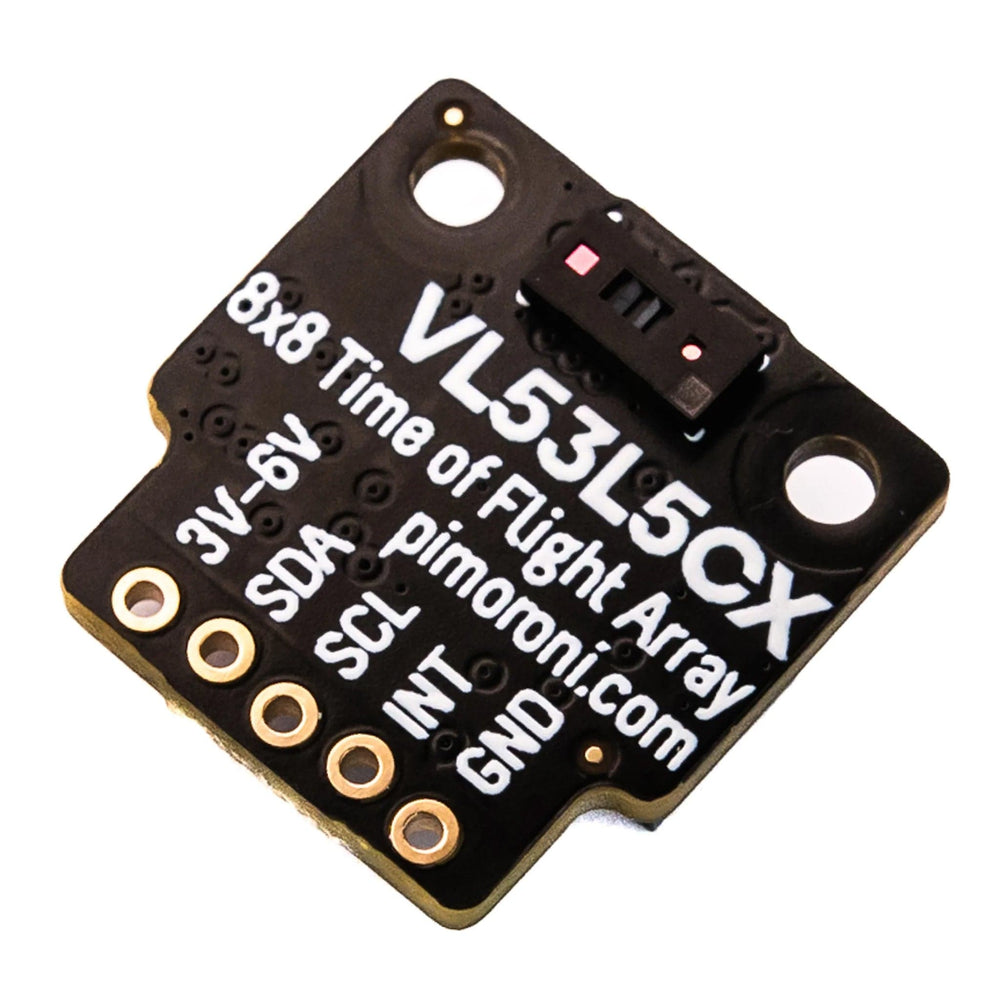
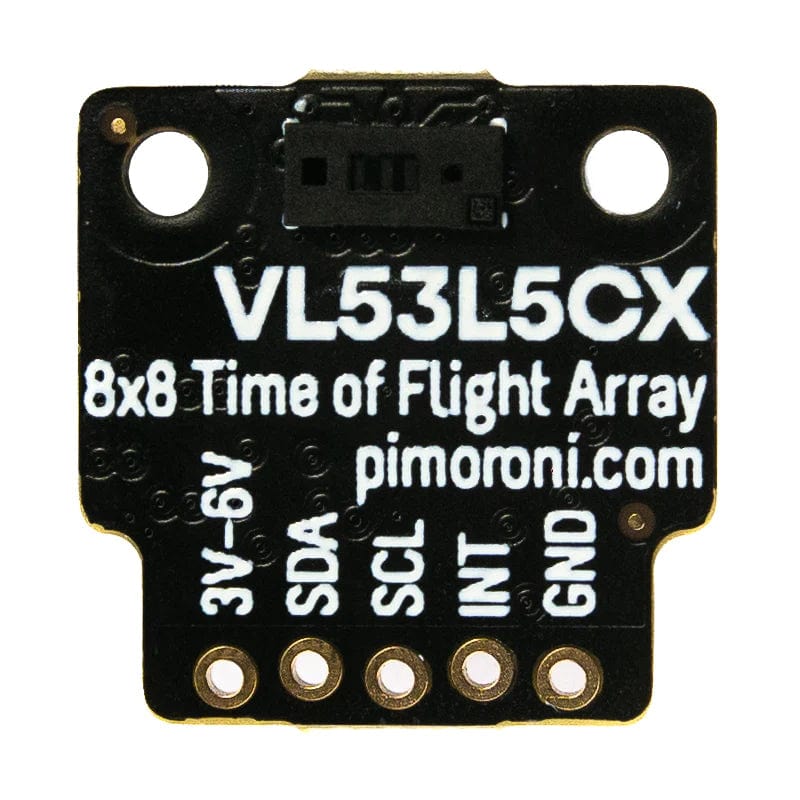
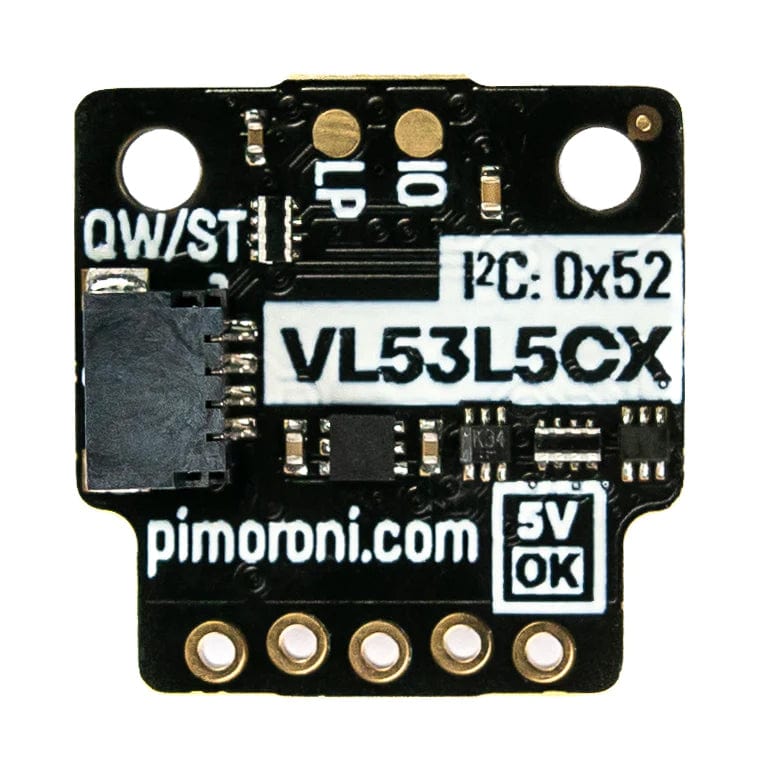
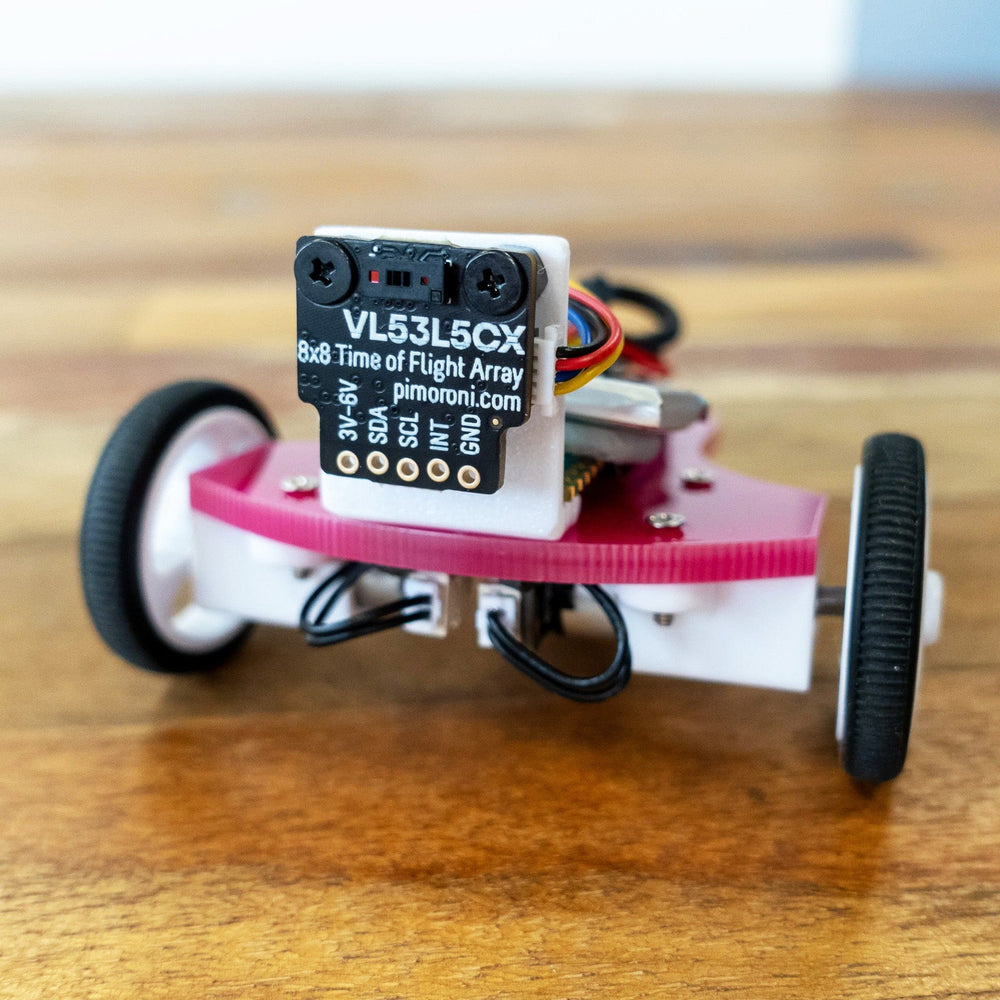
A sophisticated distance sensor with 8x8 multizone ranging and a wide field of view - great for robots and advanced motion sensing.
This sensor measures distance by beaming low-powered infrared lasers at a target (pew pew pew). It has great accuracy and sampling frequency (up to 60 Hz) and a large range of detection (from 2cm to 4 metres).
What's especially exciting about this sensor (after the lasers) is that it can return an 8x8 grid of readings as an array. This means you could detect movement coming from a specific direction (for smart security systems) or mount it on your robot for object tracking or superior collision avoidance without the need for lots of separate sensors.
It's compatible with our fancy Breakout Garden system, where using breakouts is easy as popping it into one of the slots and starting to grow your project, create, and code. It's also Qw/ST compatible so it can be plugged into a whole range of different microcontrollers and HATs with Qwiic or STEMMA QT connectors.
Check out our full range of Breakout's and Breakout Garden's here
PLEASE NOTE: The I2C address is now 0x29 NOT 0x52 (we're waiting for updated images)
We've designed this breakout board so that you can solder on the piece of right-angle socket header and pop it straight onto the bottom left 5 pins on your Raspberry Pi's GPIO header (pins 1, 3, 5, 7, 9).
There's a Python library for using this sensor with a Raspberry Pi, with examples showing how to read distance, reflectance and motion (and how to display the grid of readings graphically on an LCD breakout).
You can also use this breakout with Raspberry Pi Pico and other RP2040 boards, using C++ or Pirate brand MicroPython. Due to its size, we've not included ST's firmware in our batteries included MicroPython build - you'll need to copy it to the root directory of your board using Thonny:





